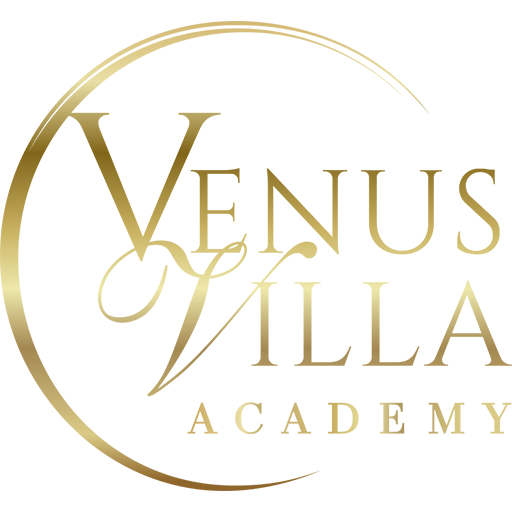History & Origins of
Cuban Ballet
The inception of the Cuban ballet method dates back to 1931, with the founding of the Ballet School of the Sociedad Pro-Arte Musical de la Habana. The globally renowned prima ballerina Alicia Alonso, as well as her future husband Fernando Alonso and his brother Albert Alonso, were some of the first students to receive classes at the state-funded institution.
Alicia Alonso returned to Cuba in 1948 after experiencing a successful career as prima ballerina of Ballet Theater of New York (currently American Ballet Theater). With her wealth of knowledge and experience, she was awarded the opportunity to found the Alicia Alonso Ballet in Havana (Cuban National Ballet), given her successes abroad and the recognition that Cuba received as a result. Just two years later, she expanded her company to include a school, and alongside her husband Fernando Alonso created the Alicia Alonso Academy of Ballet to prepare the next generation of Cuban ballet dancers, which is known as Cuban National Ballet School.
Following the triumph of the Cuban Revolution — with gracious amounts of state funding awarded to the arts by Fidel Castro — it was declared that the true development and advancement of ballet in Cuba began. As part of a new cultural program, Alonso’s company was reorganized and renamed Cuban National Ballet, and various provincial schools were created throughout the country. This was where the Cuban ballet method was consolidated, as standardized technical expectations were taught across these schools to ensure a high caliber of training for the future dancers who would enter the country’s national company.
The first time the stylistic phenomenon of the Cuban method was referenced on an international scale was in 1964, at the very first International Ballet Competition in Varga, Bulgaria, where famous ballet critic Arnold Haskel recognized the technical ability of the Cuban dancers as a “Cuban miracle”, and thus brought into prominence the emerging Cuban Ballet School. ``We have not added anything new to the technique, to the academicism. We have simply interpreted from the different schools a way of dancing, and selected from them what we liked most: the elements that seemed most interesting to us from each of them” Fernando Alonso on the Cuban Ballet Method (co-founder of Cuban National Ballet).
Although there is a universal ballet vocabulary that is shared by companies and schools globally, the Cuban method is unique by virtue of its accents given to each step, the sense of rhythm, the physical form and lines of movements, style, interpretation, and a holistic study of the body.
Characteristics of Cuban Ballet Training
In Cuban ballet training, there is emphasis placed on a variety of specific technical qualities and elements in class that begin at the barre, and continue all the way through to center work.

